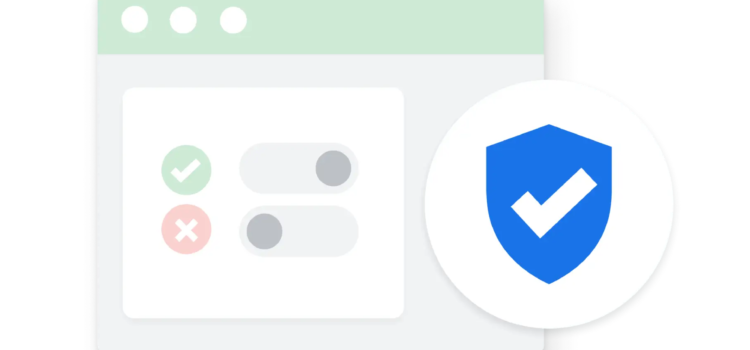localStorage, a popular browser feature, is often overlooked for its potential privacy risks. This post explores why compliance with CCPA/CPRA and other state regulations requires more than just cookie consent tools. Unlike cookies, localStorage isn’t automatically managed by consent management
GA4 Enhanced Conversions: The BigQuery Trade-Offs You Can’t Reverse
Enhanced Conversions in Google Analytics (EC for GA4) improves cross-device attribution and measurement accuracy using hashed first-party data (emails, phone numbers). While valuable for marketers, enabling this feature has irreversible consequences for GA4 data exported to BigQuery. The Fundamental Change
GA4 modeled data and consent mode
Google Analytics 4 (GA4) employs behavioral modeling to estimate user activity when identifiers are unavailable, ensuring comprehensive insights despite privacy constraints. This modeling requires specific conditions to be met, such as implementing consent mode across all pages and collecting sufficient
Understanding GA4 audience user counts
There’s nothing like an example to explain something complicated like understanding reported GA4 audiences user counts. Consider this example where GA4 is used to track activity on a digital property and GA4 audiences have been defined: The GA4 audiences report
Users in GA4 standard reports is really active users
In GA4 standard reports, “users” is really “active users”. These reports do not make it clear this is the case, and it causes confusion. GA4 reporting surfaces In our post about user metrics estimations applied in GA4, we noted there
Third-party cookies, first-party data, and user consent
Consider third-party (3P) cookies as spies, employed by an international spy network (representing an ad platform), that can track citizens (internet users) across countries (websites). First-party (1P) cookies are like foreign ambassadors, each permanently stationed by a sending country (in
Google consent mode: a strategic approach for digital advertisers

Google’s consent mode is creating a stir among digital advertisers, similar to the anxiety caused by the phasing out of third-party cookies. Whether your business meaningfully interacts with users in the United Kingdom (UK) and European Economic Area (EEA) or
GA4 and HyperLogLog: the good, the bad and the ugly
This post explores Google Analytics 4 (GA4) and its relationship with HyperLogLog (HLL++), a probabilistic data structure used for counting unique users and sessions. I watch way too much Seinfeld. In one episode (“The Strike“), Jerry & George quote a
Differences between GA4 explorations and reports

In our post about GA4 thresholding and reporting identity, we noted there will be meaningful differences between reporting with BigQuery exported GA4 data compared to GA4 predefined reports & GA4 Explorations. Understanding those differences is important, but you also need
GA4 thresholding and reporting identity

Two of the most impactful features of GA4 are data thresholds (thresholding), and reporting identity. You must understand how these features impact GA4 predefined reports, and GA4 Explorations, to interpret report data correctly. GA4 thresholding GA4 thresholding is a feature